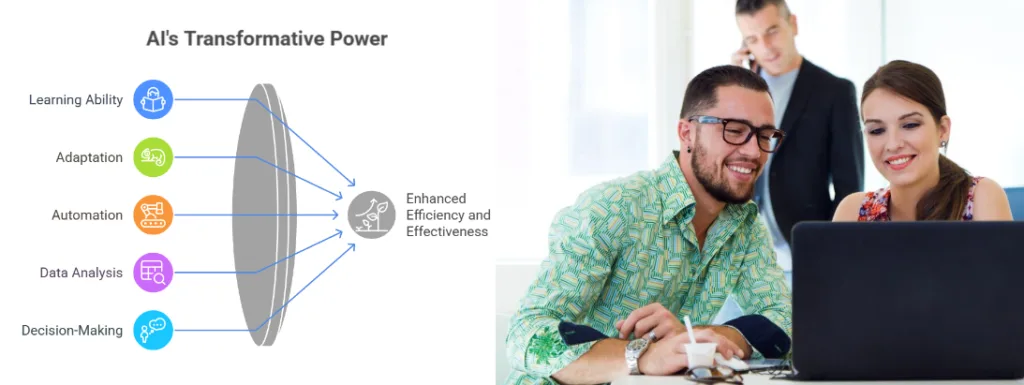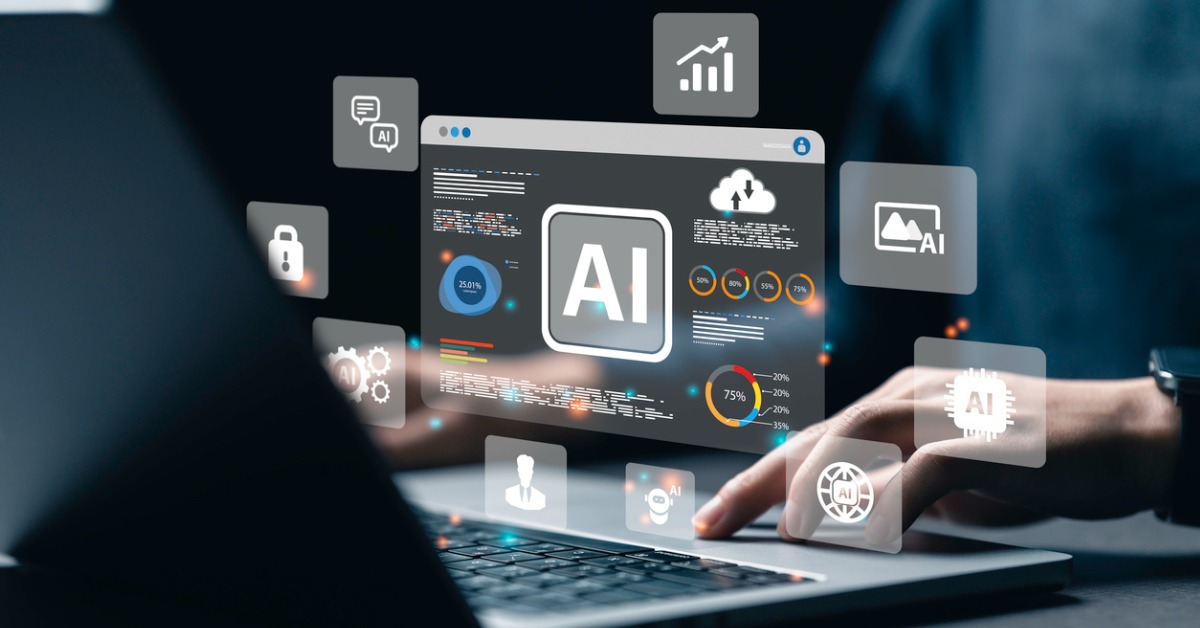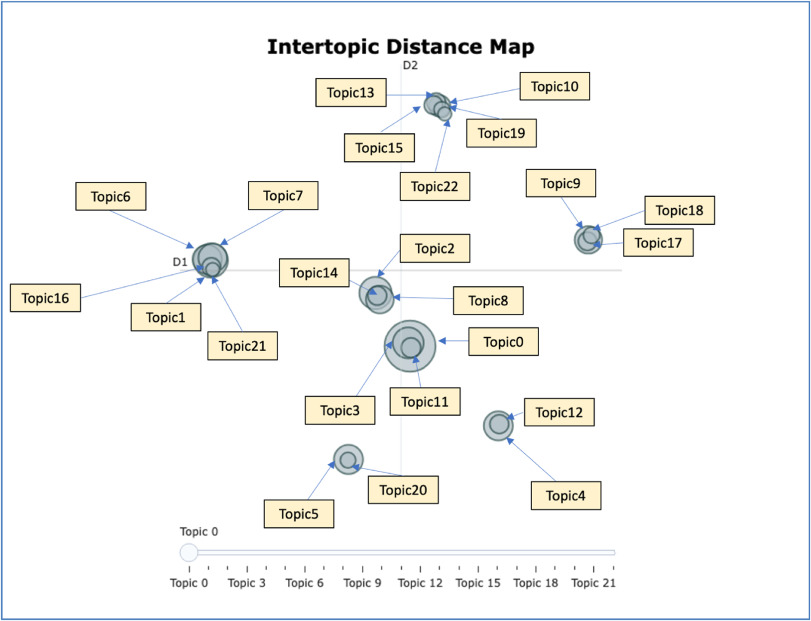Artificial Intelligence in Horse Training Analysis

Artificial intelligence (AI) is revolutionizing many industries, and horse training is no exception. By integrating AI technologies, trainers can analyze performance data more accurately, optimize training routines, and enhance the overall well-being of horses. This article explores how AI is transforming horse training analysis, the benefits it offers, and practical applications.
Introduction to AI in Horse Training

AI involves the use of algorithms and machine learning to interpret complex data. In horse training, AI systems collect and analyze data from various sources such as wearable sensors, video footage, and biometric devices. This data-driven approach helps trainers make informed decisions based on objective insights rather than intuition alone.
Key Technologies Used
| Technology | Description | Application in Horse Training |
|---|---|---|
| Wearable Sensors | Devices attached to horses to monitor vitals and movement | Track heart rate, speed, stride length, and gait patterns |
| Computer Vision | AI-powered video analysis to assess movement and behavior | Detect lameness, analyze posture, and improve technique |
| Machine Learning | Algorithms that learn from data to predict outcomes | Customize training plans based on performance trends |
Benefits of AI in Horse Training
- Enhanced Performance Analysis: AI provides precise metrics on speed, endurance, and gait, enabling targeted improvements.
- Injury Prevention: Early detection of irregular movement patterns helps prevent injuries.
- Personalized Training: AI tailors training programs to individual horses’ needs and progress.
- Time Efficiency: Automated data collection and analysis save trainers significant time.
Practical Applications
- Gait Analysis: AI analyzes stride length and symmetry to optimize running efficiency.
- Health Monitoring: Continuous tracking of vital signs alerts trainers to potential health issues.
- Behavioral Insights: AI detects stress or discomfort through movement and physiological data.
Challenges and Considerations
- Data Quality: Accurate sensor data is crucial for reliable analysis.
- Cost: High-tech equipment and software can be expensive.
- Training and Adoption: Trainers need to learn how to interpret AI-generated insights effectively.
FAQ
Q1: How does AI improve horse training outcomes?
A1: AI provides objective data analysis, enabling customized training plans and early injury detection, which leads to better performance and horse welfare.
Q2: Are wearable sensors safe for horses?
A2: Yes, wearable sensors are designed to be non-invasive and comfortable, ensuring they do not interfere with the horse’s natural movement.
Q3: Can AI replace traditional training methods?
A3: AI complements rather than replaces traditional methods by providing additional data-driven insights to enhance training effectiveness.
Conclusion
Artificial intelligence is a powerful tool that enhances horse training analysis by providing detailed, actionable insights. As technology advances, its integration into equestrian sports promises improved performance, health monitoring, and personalized care for horses.
Would you like me to help improve the clarity, add more technical details, or create a more engaging introduction for this article?
